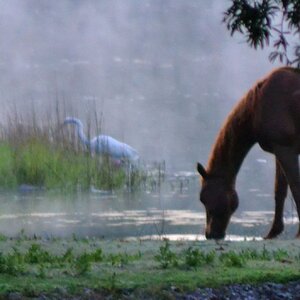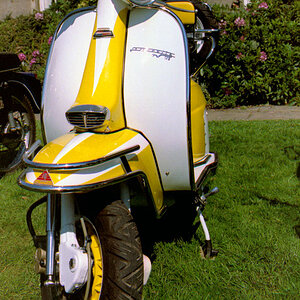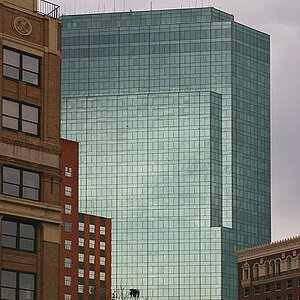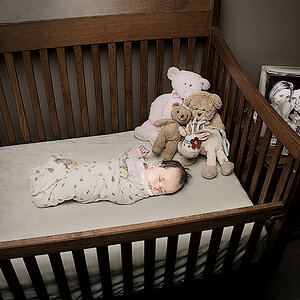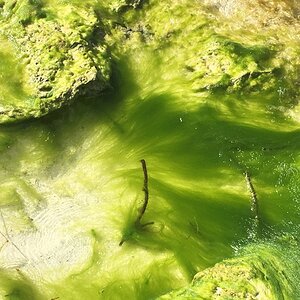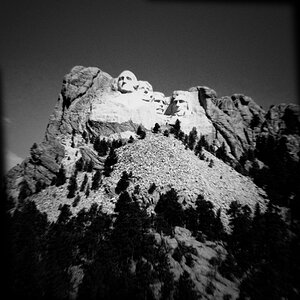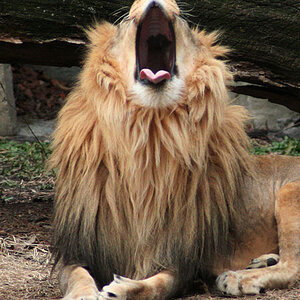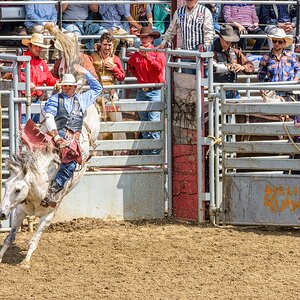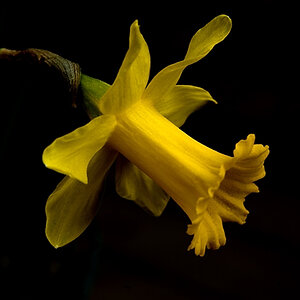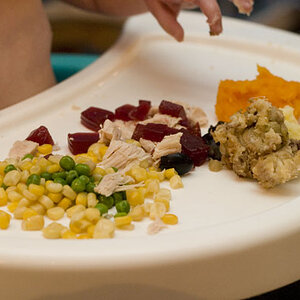Trever1t
Been spending a lot of time on here!
- Joined
- Dec 30, 2010
- Messages
- 9,331
- Reaction score
- 2,722
- Location
- San Jose, CA
- Website
- wsgphotography.com
- Can others edit my Photos
- Photos NOT OK to edit
No, I usually head to the coast I'd I'm working outdoors or use a park here in sj.



![[No title]](/data/xfmg/thumbnail/34/34080-185a5f2093f069e6e3033e66044844f5.jpg?1619736268)
